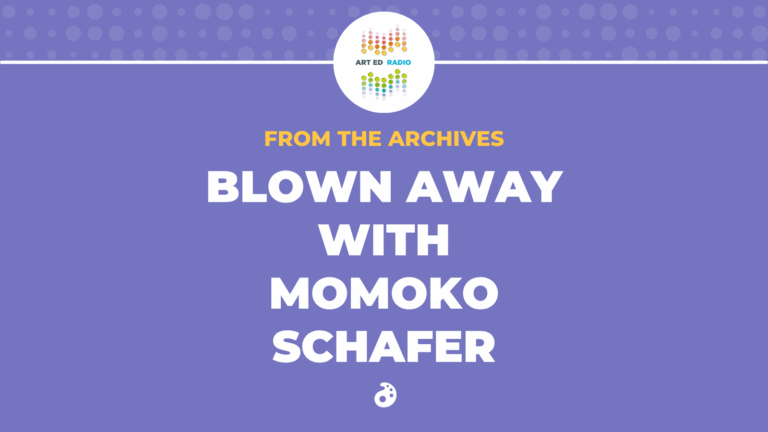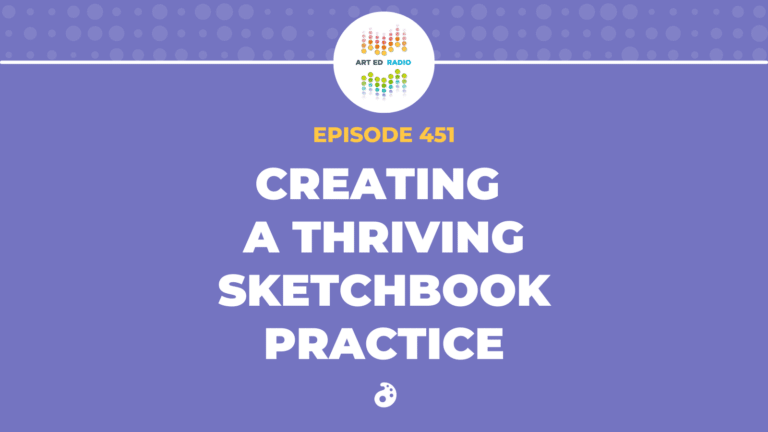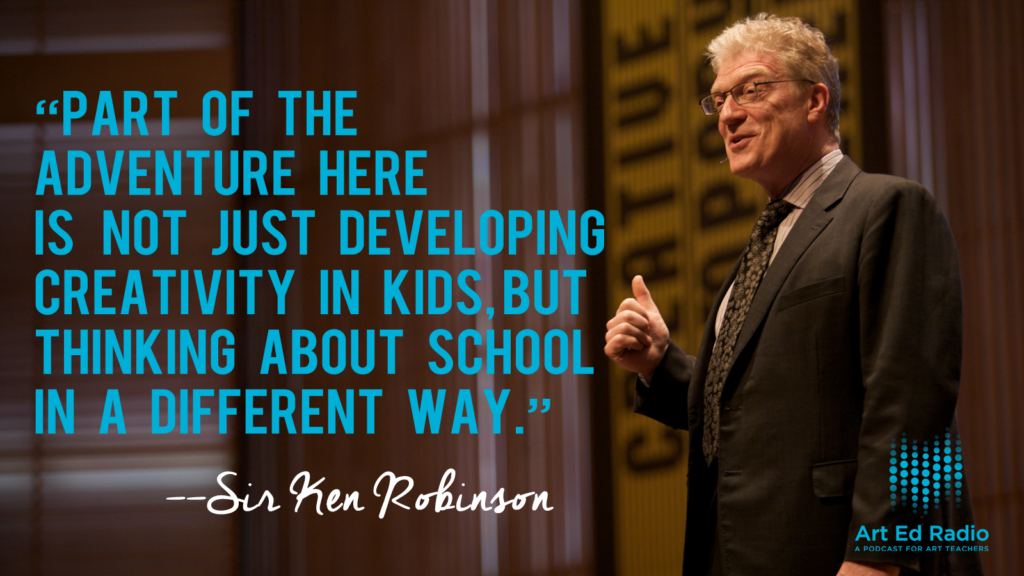Related

Podcast
From the Archives: Blown Away with Momoko Schaefer
In this episode from the archives, Tim sits down with the incredible Momo Schafer, glass artist and fan-favorite from the...
Learn More

Podcast
Pushing the Boundaries with Found Object Bookmaking (Ep. 473)
In today’s episode, artist and educator Juana Meneses joins Tim to explore the art of bookmaking with found objects. Juana...
Learn More

Podcast
Lisa Frank: Glitter, Greed, and Art Room Nostalgia (Ep. 455)
After watching the Lisa Frank: Glitter and Greed docuseries, Abby and Amanda join Tim to break down all 4 episodes...
Learn More

Podcast
Creating a Thriving Sketchbook Practice (Ep. 451)
Abby Houston (@abbypainterart) joins Tim today to talk about education, artmaking, and the joy of creating within a community. After...
Learn More

